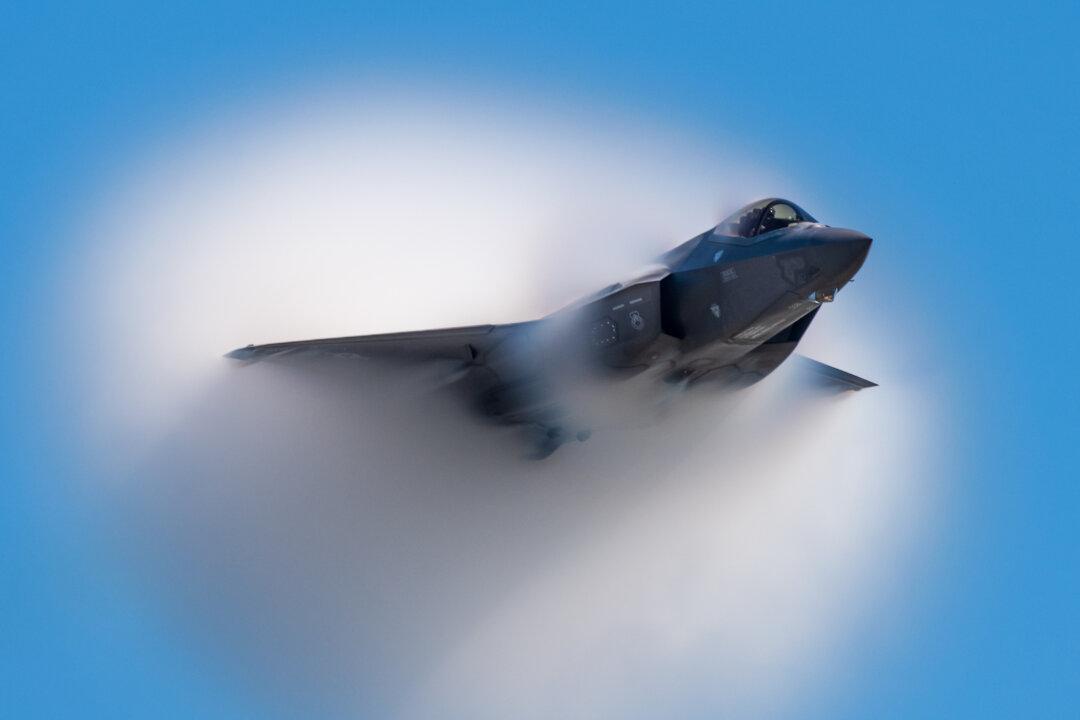A debris field has been discovered in Williamsburg County, South Carolina, which is believed to be connected to the missing F-35B military aircraft that vanished on Sunday following the pilot’s ejection, according to a statement by the Marine Corps on Monday evening.
This debris field was located approximately two hours northeast of Joint Base Charleston.





